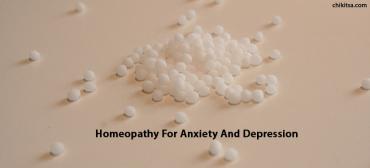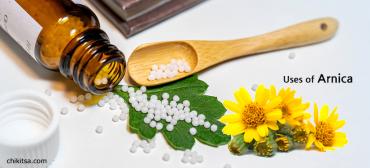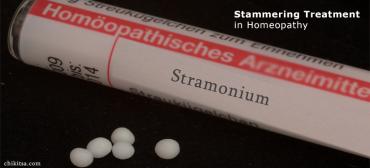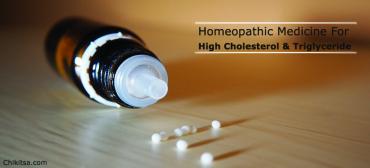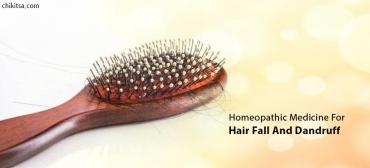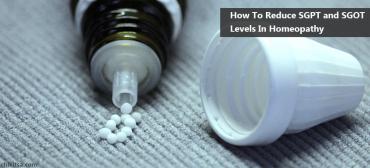Homeopathic Treatment Of Vitiligo
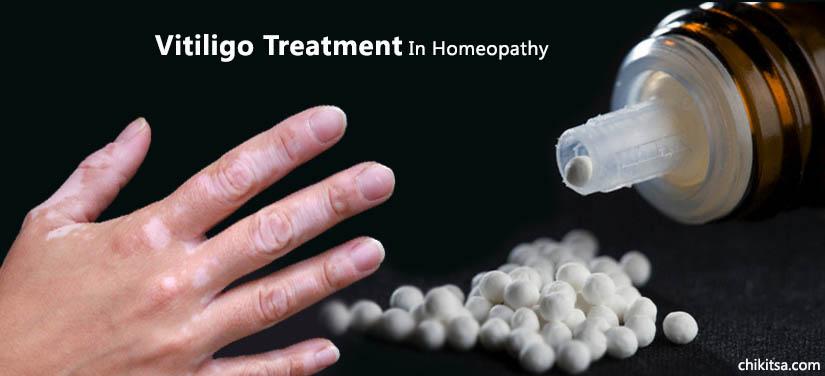
What is Vitiligo?
Melanocytes are present in the basal layer of skin and secrete the pigment melanin. Melanin is responsible for skin color. Vitiligo is a pigment disorder of unknown etiology. It is characterized by hypopigmented patches due to reduced or absent melanocytes. This disease affects about 2% population worldwide and about 8% of Indian population. It affects men and women equally in the 2nd to 4th decade of life.
Vitiligo rarely affects children and adults. It can affect a person from any race but it is usually seen in persons with darker skin. Vitiligo is not infective or contagious. It also does not indicate any pre-cancerous stage. Yet, due to its appearance, a lot of patients experience restriction in their social circle.
Types of Vitiligo
Vitiligo is of the following types based upon the size, area, and extent of skin involved:
- Localized – Few white patches over one region of the body. This type has the best prognosis.
- Vulgaris – Widespread, symmetrical patches over trunk and extremities.
- Acro-orificial – Acral meaning distal portions of the body like toes, feet, palms, soles, and fingers. Orificial meaning affection at orifices like mouth, eyes, nose, and genitals. This type of vitiligo has a poor prognosis.
- Universal – Affecting the whole body. This type also has a poor prognosis.
How Is It Caused?
There is no known cause for the development of hypopigmented patches. Many cases do not have just one underlying cause. Vitiligo occurs as a result of auto-immune, genetic and environmental factors.
- It is assumed that vitiligo could be auto-immune. It is caused due to the action of T-cell (a type of white blood cells responsible for fighting infections) directed against melanocytes.
- Repeated trauma to the skin as in burns, scratches or repeated sun exposure.
- Genetic factors may play a role but it does not guarantee that further generations too would have vitiligo. 25% of cases have a family history.
- Vitiligo is not caused due to any specific disease but there is a high incidence of Addison’s disease, auto-immune thyroid dysfunction, rheumatoid arthritis and lichen planus in patients having vitiligo.
Signs and Symptoms of Vitiligo
- Irregularly shaped patches of depigmented areas. Initially, the patches may be small but they increase progressively and coalesce.
- The skin lesions are commonly present over the face, hands, and feet. This distribution explains the role of sun exposure in the development of vitiligo.
- Patients often suffer from depression and anxiety due to a social stigma attached to this disease. They avoid going out in public from the fear of being socially unaccepted.
- Occasionally hair follicles also turn white.
- There is no sensory loss in affected areas.
- All lesions of vitiligo are sensitive to light.
Vitiligo needs to be differentiated from other medical conditions which mimic similar hypopigmented patches. In vitiligo, apart from the white appearance, other features of the skin remain normal.
Diagnosis
- Vitiligo can be diagnosed clinically. Additional tests may be required to rule out the possibility of other auto-immune conditions.
- Wood Lamp Test – Investigation of the skin using UV light to detect bacterial or fungal infection of the skin.
- Skin Biopsy – Rules out the possibility of auto-immune cause for vitiligo.
Management of Vitiligo
There is no evidence so far if vitiligo is curable or not. Yet, several research papers and case studies have proven the effectiveness of homeopathic medicines in the treatment of vitiligo.
It was also observed that homeopathic medicines yielded the best results in the early stage of the disease. This indicates that early detection, effective treatment, and certain preventive measures are essential in the management of vitiligo.
Management of vitiligo with homeopathy is done by keeping a holistic approach. Constitution of a person is considered while prescribing any medicine. All prescriptions in homeopathy are based on symptom similarity.
Top Homoeopathic Remedies for Treatment of Vitiligo
- Mica – Intense depression. Irritable. Dry and rough skin with de-pigmented patches
- Arsenic Sulf Flavum – Dry, cracked skin with blackish appearance. White spots especially of the left hand and wrist.
- Nitric Acid – Vitiligo with white spots especially around the eyes, mouth, nose and near the genitals. There is lack of nutrition in these patients with a craving to eat chalk.
- Sulphur – White spots on the skin with itching. Skin appears raw and sore. Violent itching sensation followed by scratching and burning. Skin is dirty, filthy and prone to skin affections.
- Hydrocotyle – Small circular spots with raised areas. Spots over areas exposed to the sun. Itching of skin.
- Baryta carb – White patches on the skin with itching. The sensation of burning of the skin. Complaints are better from the warmth and worse from exposure to cold.
- Baryta Mur – Small white spots on the skin with itching. White patches overexposed areas of the body. White spots are associated with itchy eruptions.
- Calcarea carb – Milky white spots over the skin. Skin is unhealthy and has a tendency to ulceration.
- Silicea – White patches on the skin with rose red spots. Skin is pale, delicate and waxy. Itching of skin during daytime and evening. The tendency of the skin to suppurate. Vitiligo due to nutritional deficiencies.
Prevention and Care
- Regular use of sunscreen prevents further damage to the skin. Sunscreens with SPF of 30 or higher are effective.
- Other sun protective measures like wearing full clothes, scarf, hat or umbrellas. Sunscreens should not be used as an alternative to covering up.
- Avoiding going out in sun.
- Psychotherapy is used to educate the patient as well as family members about vitiligo and its treatment options.
- Avoid intake of sour foods. These foods hamper the process of formation of melanin.
- Increase intake of food rich in zinc like beans, nuts, and oysters.
- Increase intake of vitamin B12. In vitamin B12 deficiency, there is an increase in homocysteine levels. Homocysteine is known to have a bad effect on our body.
- Acupuncture treatment is prolonged. Yet, it has also shown effective results in the management of vitiligo.
- Drinking water from a copper utensil kept overnight is known to have a stimulating effect on melanocytes.


